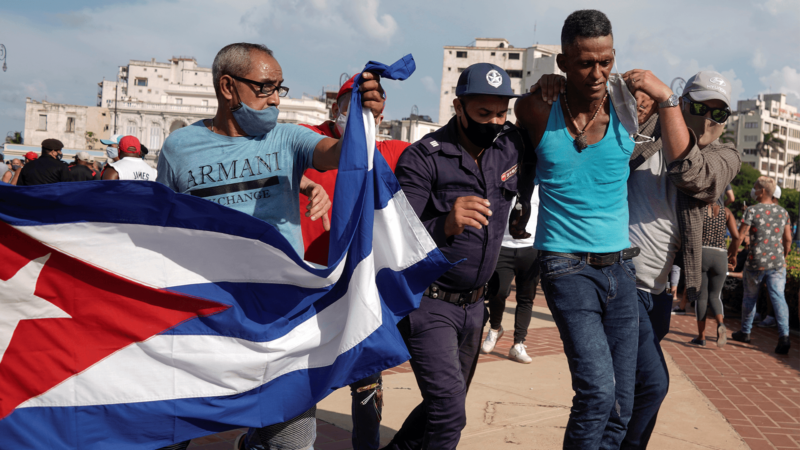Ted Henken: How Social Media Fuels the Protests in Cuba
Demonstrators are making themselves heard via Facebook, Signal, and other platforms. Is that enough to overthrow an authoritarian regime?

On July 11, thousands of Cubans in dozens of cities around the island nation took to the streets to protest the country's communist dictatorship and chronic shortages in food, energy, and medicine, all of which have been made worse by the pandemic. These are the biggest anti-government demonstrations in Cuba in decades, the size and scope of which suggest parallels to the Arab Spring from a decade ago.
The demonstrations have been enabled by social media and the internet, which only came to Cuba in a big way in late 2018 when President Miguel Diaz-Canel allowed citizens access to data plans on their cellphones.
To better understand exactly how Facebook, YouTube, WhatsApp, and other social media platforms are connecting the Cuban people and undermining state control, Nick Gillespie speaks with Ted Henken, who teaches sociology and Latin American studies at City University of New York's Baruch College and is the co-editor of Cuba's Digital Revolution. He talks about the near-term, mid-term, and long-term implications of the recent protests, how the United States might respond, and the internet's potential (and limits) when it comes to challenging an authoritarian government that has held power for over 60 years.


Show Comments (24)